Search Results
Showing Results for anti-seizure medication
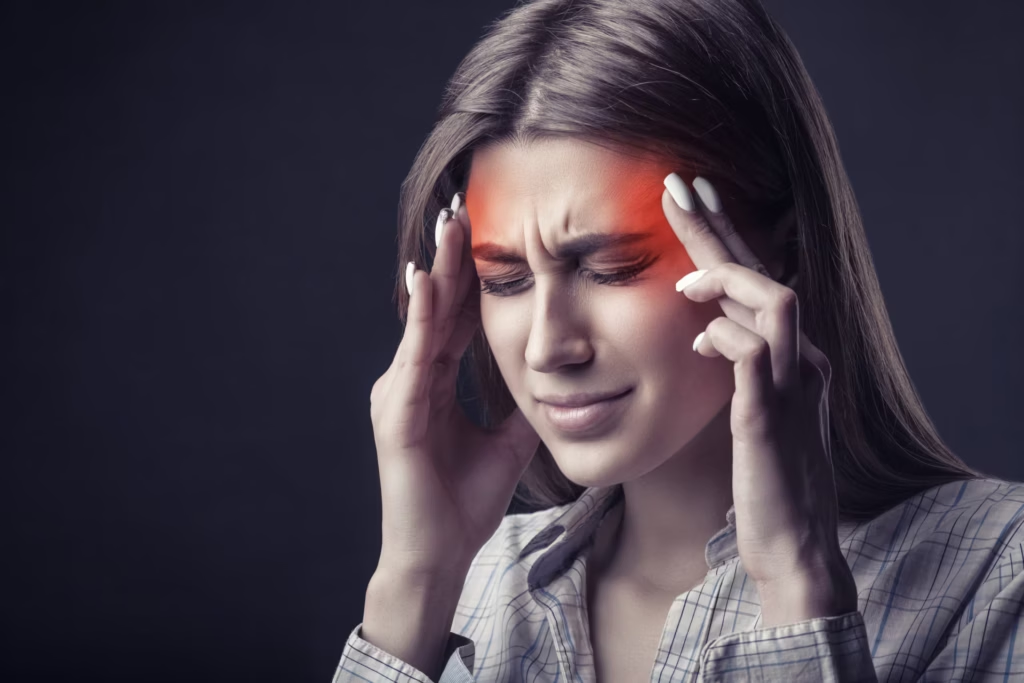
Despite advances in targeted therapies, migraine remains a significant clinical burden. In this Q&A, you will learn:

Seizures are one of the most frequent neurological disorders in neonates − the incidence of seizures in infants born at term is 1–3 per 1,000 live births, and is even higher in both preterm and very-low-birth-weight infants at 1–13 per 1,000 live births.1 Seizures may ...
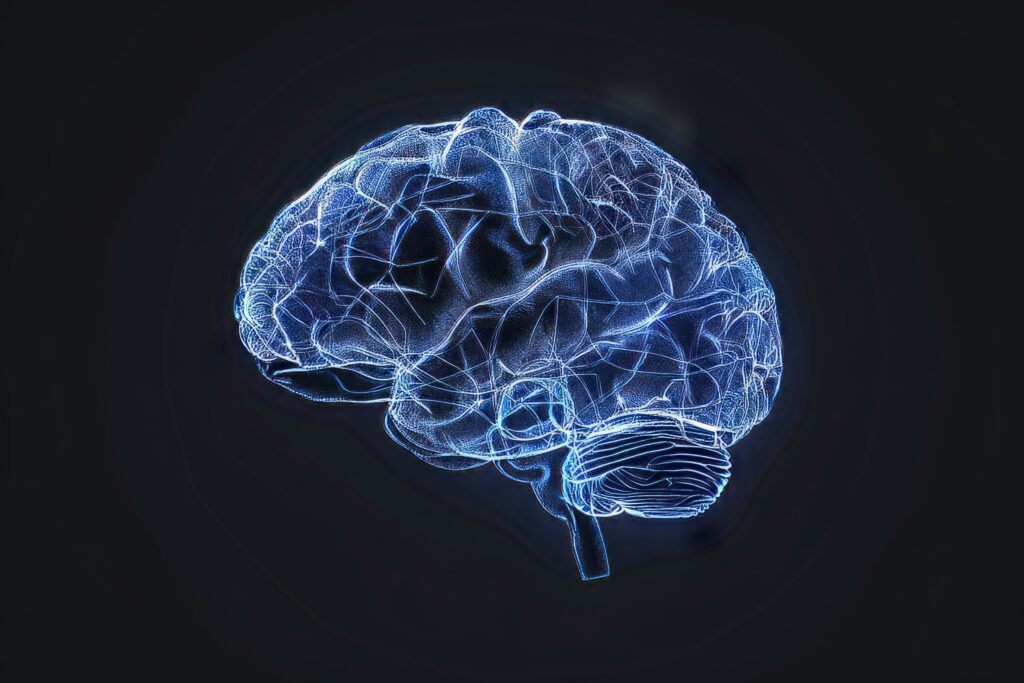
Huntington’s disease (HD) is a neurodegenerative disease inherited in an autosomal dominant manner. It is caused by an expansion of cytosine, adenine, guanine (CAG) repeats within the huntingtin (HTT) gene, which is located on chromosome 4. This pathological expansion of ...
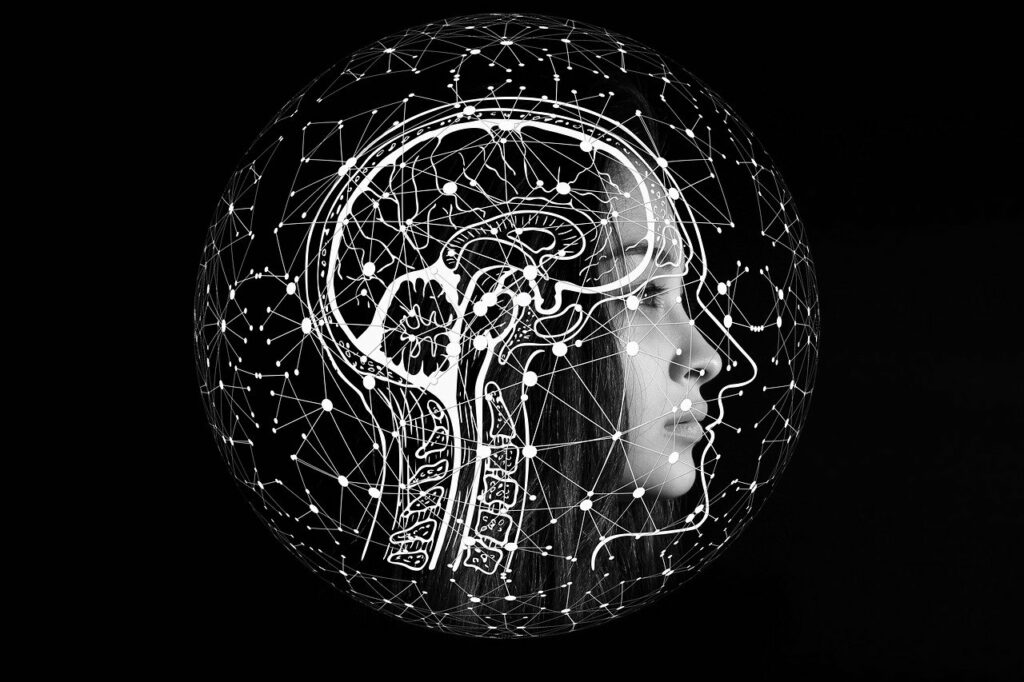
A new guideline has been issued to assist neurologists and clinicians in selecting the best anti-seizure medications for people with epilepsy who may become pregnant. Published in Neurology, the guideline is a collaboration between the American Academy of Neurology (AAN), the American Epilepsy Society (AES) and the Society for Maternal-Fetal Medicine (SMFM), with endorsement from the Child Neurology Society. It updates parts of the 2009 AAN and AES guidelines regarding birth malformations and child development in children born to people with epilepsy.

Welcome to the latest edition of touchREVIEWS in Neurology. We are excited to present a collection of articles that showcase the latest advancements and diverse perspectives in neurological research and treatment. This issue features insightful reviews and editorials from esteemed ...
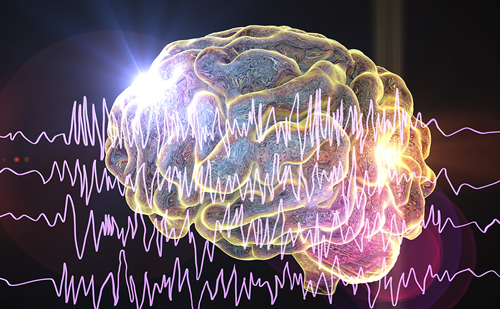
Affecting over 70 million patients worldwide, epilepsy is a chronic neurological disorder characterized by intermittent bursts of hyper-synchronous neuronal discharges.1 The manifestations are variable but reflective of the unique milieu and biology of epileptogenic foci.2 Pharmacological treatment with antiepileptic drugs (AEDs) ...
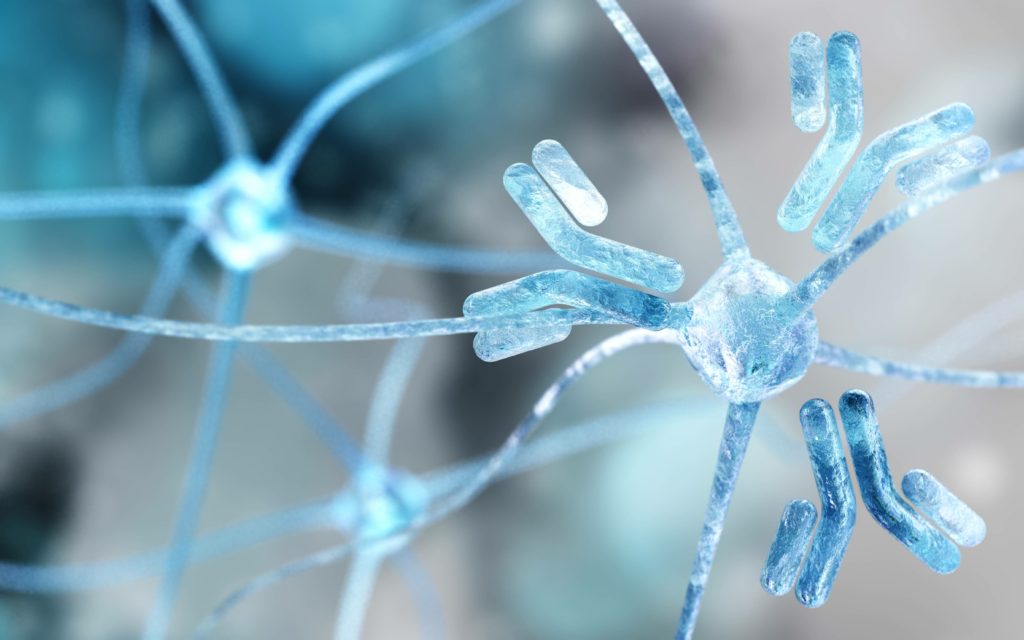
Rescue medications are an important part of the treatment regimen for patients with intractable epilepsy, specifically those who experience seizure clusters or prolonged seizure episodes. Rescue medications are prescribed to end seizure activity quickly and effectively in order to prevent ...
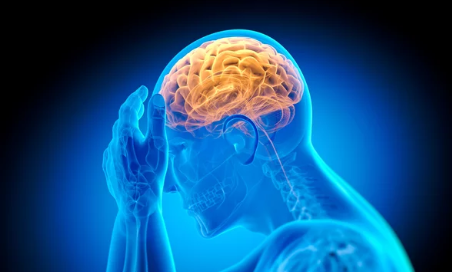
Case study Patient information A 42-year-old woman presented in the emergency department with acute onset whole-body myoclonic jerks for 1 day. On enquiry, the patient’s parents advised that she had a history of depression over the past 15 years. Intermittently, family ...

In this interview with touchNEUROLOGY, Prof. Jacqueline French (Comprehensive Epilepsy Center, New York University, New York, NY, US) discusses the needs of adults with focal epilepsy and the mechanisms of action of XEN1101, a novel, potent, selective Kv7.2/7.3 potassium channel. ...

The randomized, double-blind, placebo-controlled phase IIb study X-TOLE (NCT03796962) is investigating the efficacy of XEN1101, a novel potassium channel modulator, in adults with focal epilepsy. In this interview with touchNEUROLOGY, Prof. Jacqueline French (Comprehensive Epilepsy Center, New York University, New ...
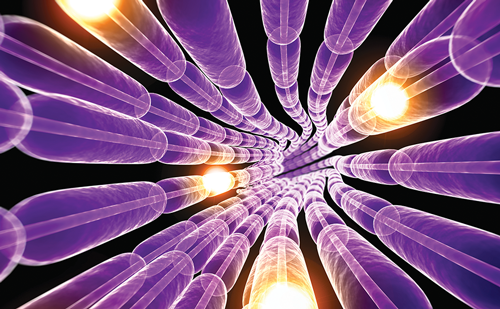
The novel severe acute respiratory syndrome coronavirus 2 has caused a worldwide pandemic, and its impact on healthcare systems around the world is still being investigated. The potential effect of coronavirus disease 2019 (COVID-19) on people living with dementia and the ability ...
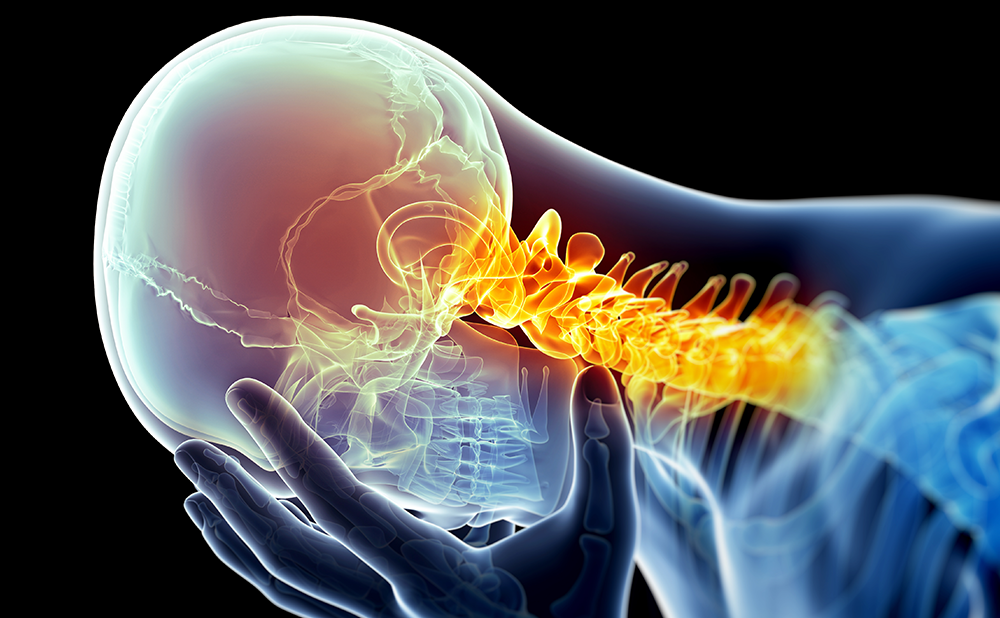
Photophobia is a complex disorder that can involve aversion not simply to bright light but to spatial patterns, colour and flicker.1 It is common in neurological diseases that involve the visual system,2 of which migraine is the most prevalent. Tinted ...

Posterior reversible encephalopathy syndrome (PRES) is a syndome characterized by a combination of clinical and radiological features.1–3 Its global incidence is unknown. It is underdiagnosed probably due to limited awareness. PRES presents with the rapid onset of neurological symptoms, such ...
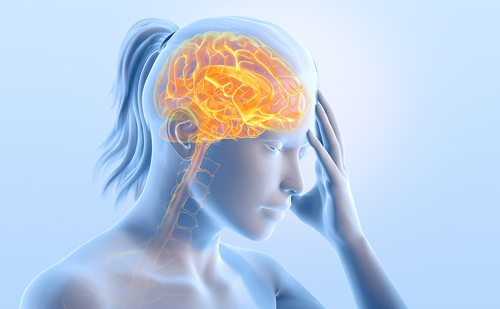
Neuromodulation is a recent technique that has increasingly been used for the abortive and preventive treatment of migraine and other primary headache disorders.1 It has previously been found to be helpful in the treatment of other neurological illnesses, such as ...

XEN1101: A Novel Potassium Channel Modulator for the Potential Treatment of Focal Epilepsy in Adults
Despite the use of various concurrent antiseizure medications (ASMs), over 30% of patients with focal onset seizures have persistent, uncontrolled seizures.1 Hence, the search for new ASMs with better efficacy and tolerability is continuing. Voltage-gated potassium ion channels (Kv) repolarize neuronal ...
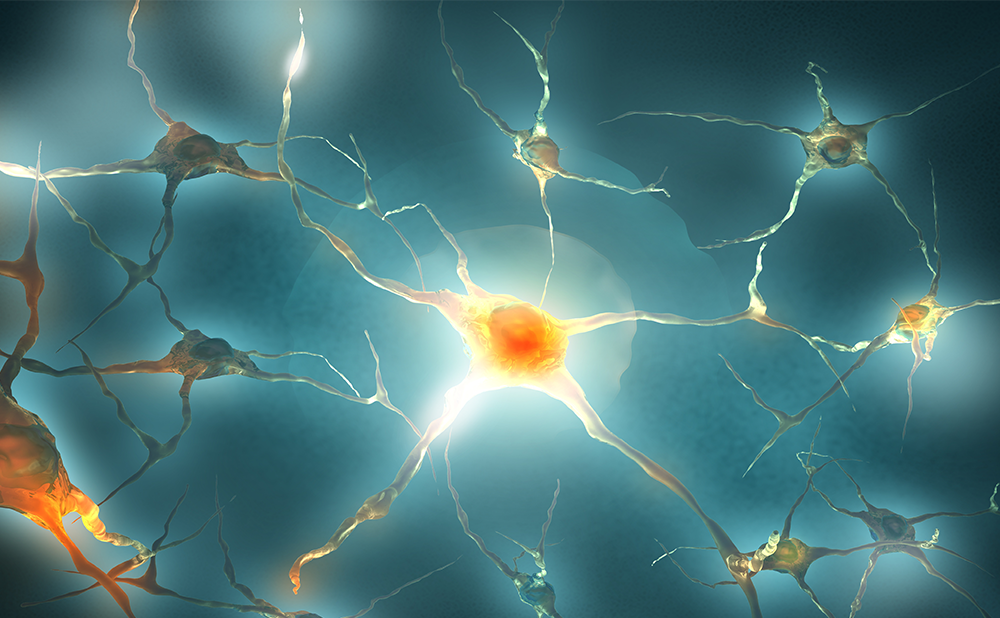
Myoclonus is defined as a sudden, brief, lightning-like muscle contraction.1 It was first described by Friedreich in 1881 when he detailed sharp jerks involving the bulk of a full muscle without marked limb or joint movement and called it paramyoclonus multiplex.2 ...

Narcolepsy is a chronic clinical condition primarily characterized by excessive daytime sleepiness (EDS). This may be accompanied by cataplexy, which is a phenomenon of transient muscle weakness triggered by strong emotions, such as laughter, excitement, anger or grief. Narcolepsy is ...

The efficacy and safety of fenfluramine, an anti-seizure medication, in patients with Lennox-Gastaut syndrome was assessed in phase 3 and open label extension studies (NCT03355209). Dr Kelly Knupp (Children’s Hospital Colorado, University of Colorado, CO, USA) discusses the findings of ...
Latest articles videos and clinical updates - straight to your inbox
Log into your Touch Account
Earn and track your CME credits on the go, save articles for later, and follow the latest congress coverage.
Register now for FREE Access
Register for free to hear about the latest expert-led education, peer-reviewed articles, conference highlights, and innovative CME activities.
Sign up with an Email
Or use a Social Account.
This Functionality is for
Members Only
Explore the latest in medical education and stay current in your field. Create a free account to track your learning.

